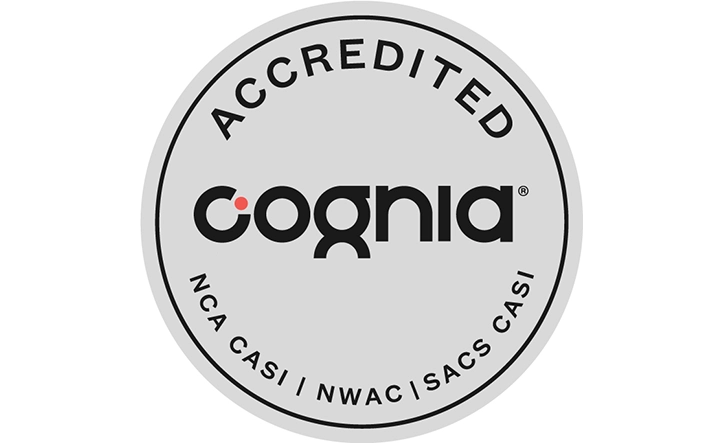Anxiety and panic attacks have their grip on millions of people across the world. Anxiety is not a respecter of age, gender, race or economic or social status. For some anxiety and panic attacks begin while they are young, for others it mysteriously unveils itself later in life.
Interestingly enough, the treatment for the physical effects of anxiety is counterintuitive. In Barry McDonagh’s book DARE he compares anxiety to quicksand. The more you struggle and fight against it the deeper you sink. One needs to be aware and mindful when the anxiety is present, and then ebb and flow with it. Let it be. If we accept anxiety, we can then take the nervous energy and change our perspective. We are then able to alter the emotional response, and thus our feelings.
Anxiety can be caused by an overactive nervous system. We have stress hormones that are released from our adrenal glands as our fight or flight or sympathetic nervous system is kicked on. In their book, Re-wire your Anxious Brain, Dr. Pittman and Dr. Karle explain that the amygdala and the cortex are the areas of the brain responsible. Dr. Pittman and Dr. Karle state, “Although the cortex can initiate or contribute to anxiety, the amygdala is required to trigger the anxiety response. This is why a thorough approach to addressing anxiety requires dealing with both the cortex and the amygdala pathway.”
The treatment modalities that Cascade Academy uses address both the cortex and amygdala pathways. Cognitive Behavioral Therapy (CBT), Exposure Response Prevention (ERP), Acceptance Commitment Therapy (ACT), Motivational Interviewing (MI), and specific skills from Dialectical Behavior Therapy (DBT) are all evidence-based treatment modalities used.
Exposure Response Prevention (ERP) is effective as our students are placed with the stimulus which activates the amygdala. If a student fears public speaking, an exposure ladder is created and through sequential, repetitious exposures new neuropathways emerge. The cortex of our brain is responsible for cognition; hence, the treatment modality Cognitive Behavioral Therapy is used to combat the anxiety initiating thought patterns our students have. Students learn they have the ability to control their anxiety producing thoughts. This is a key component in their treatment and an exhausting task monitoring and modifying thoughts daily.
It has been amazing to watch the progress students have made at Cascade Academy. They are incredibly courageous as their journey entails grit, tenacity and insight. It’s encouraging for families and students to know that there is hope. Due to the neuroplasticity of the brain, healing the debilitating effects of anxiety is possible.




